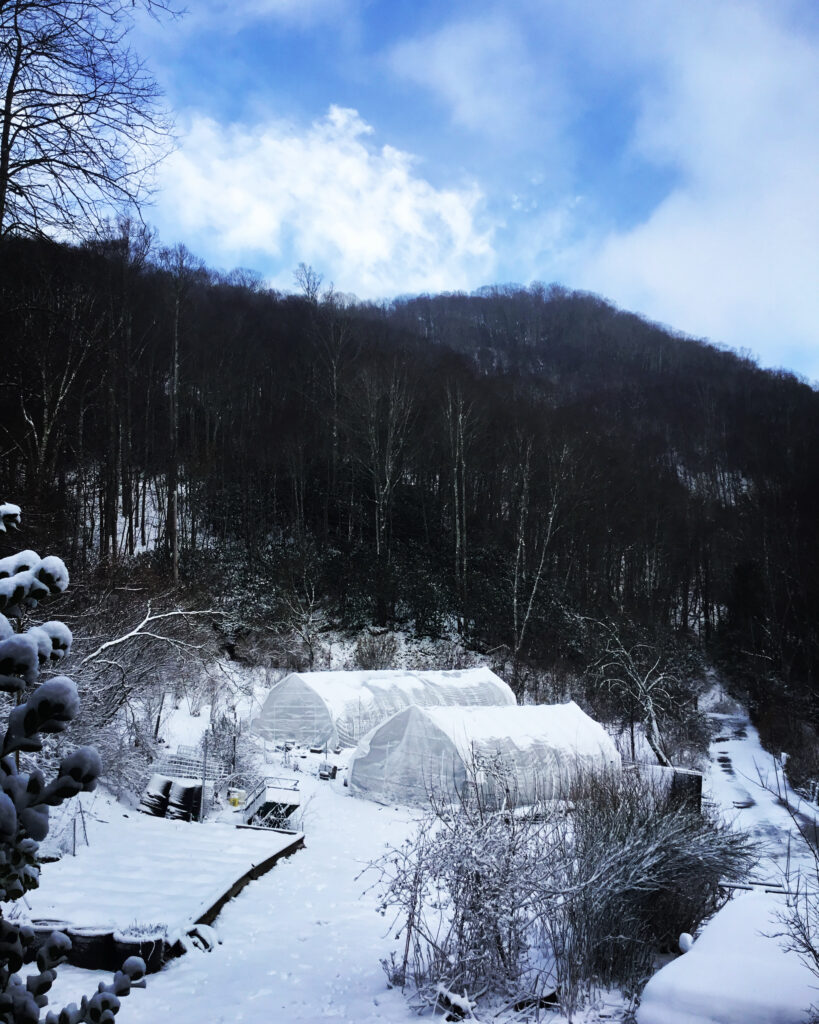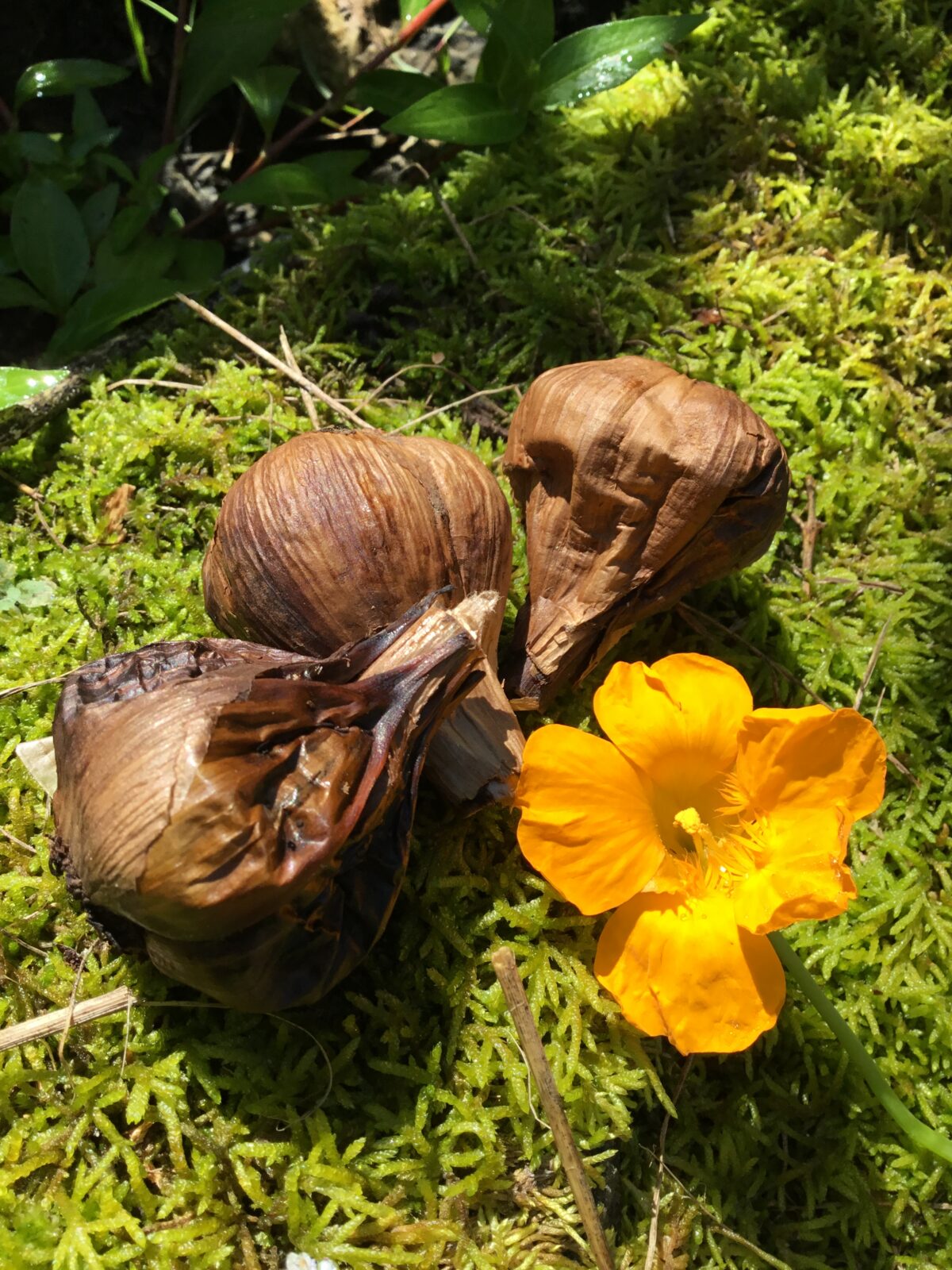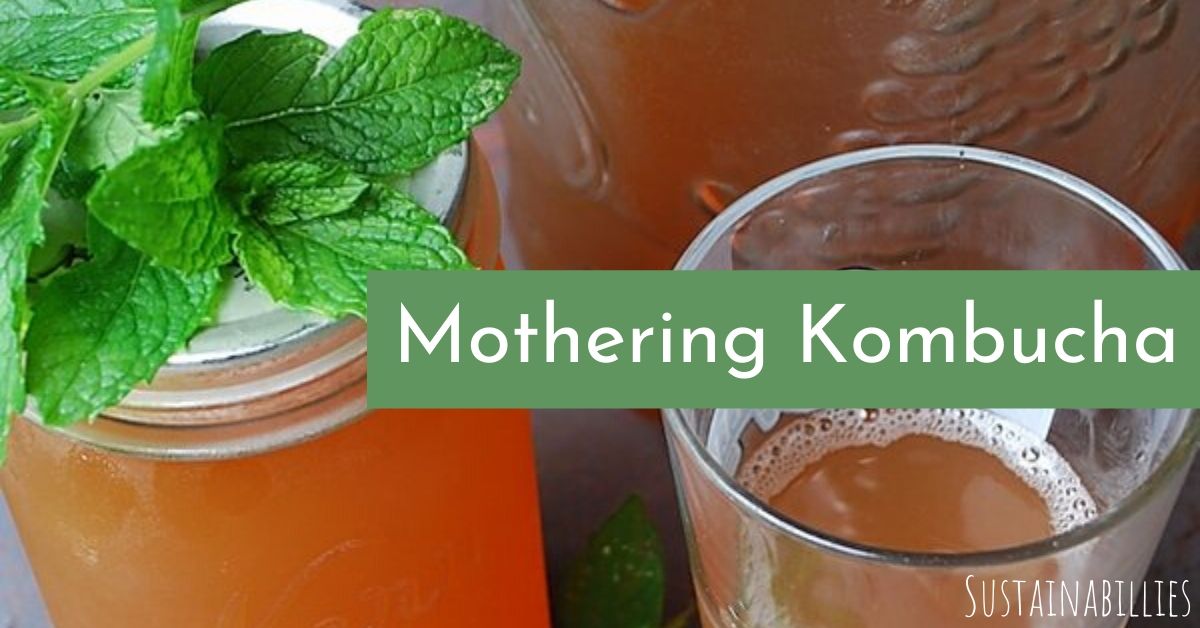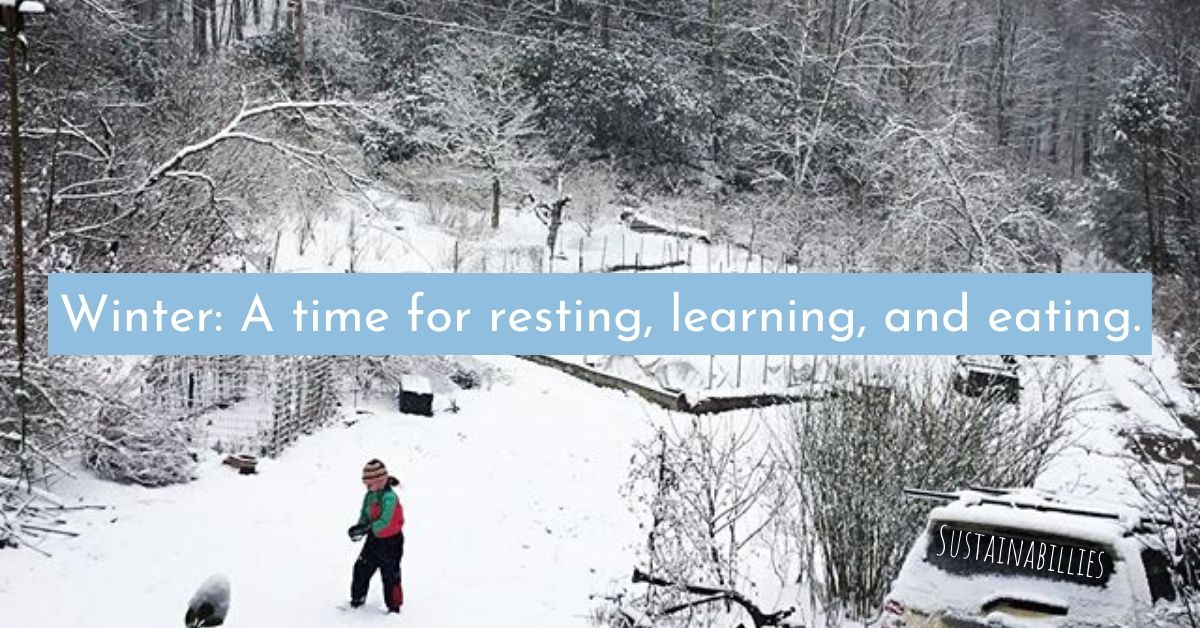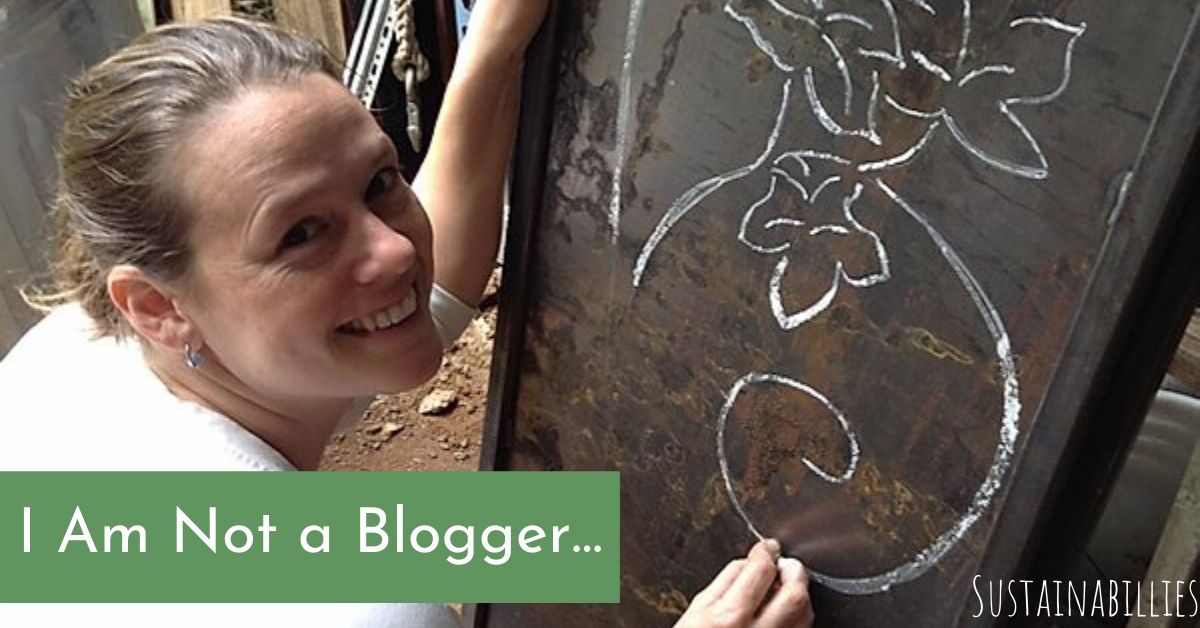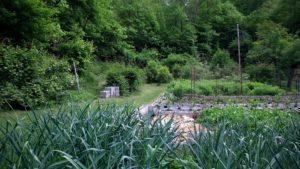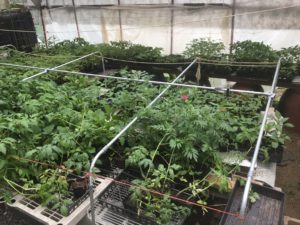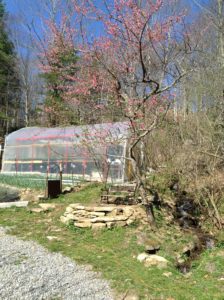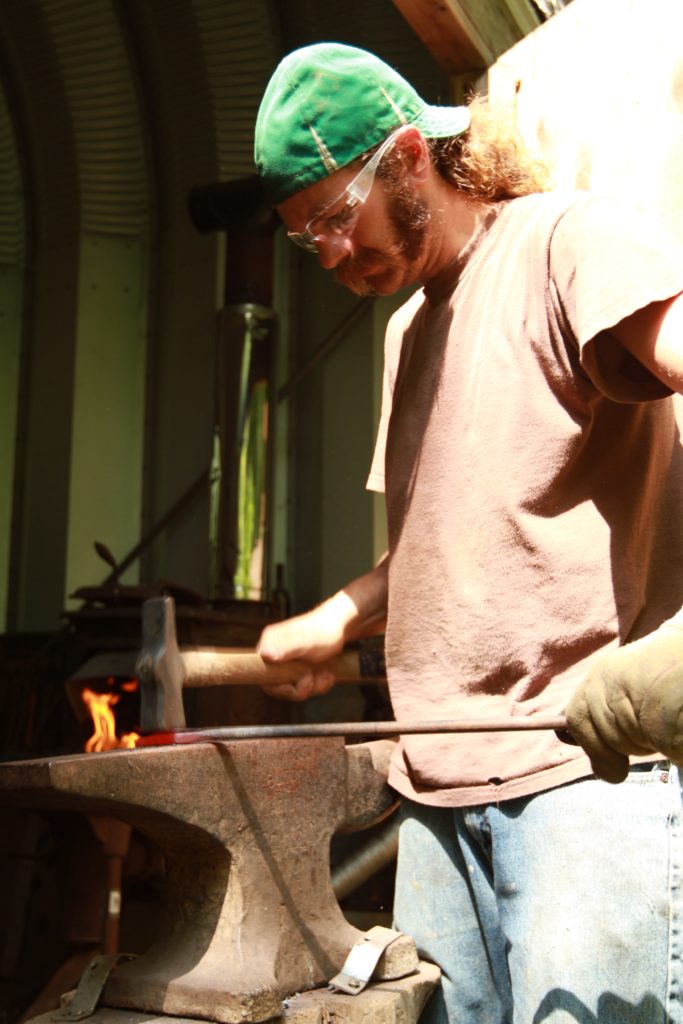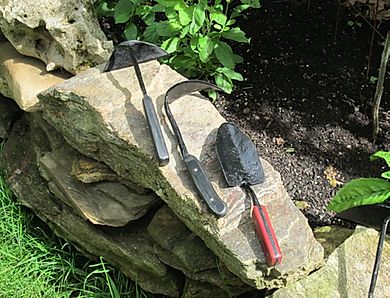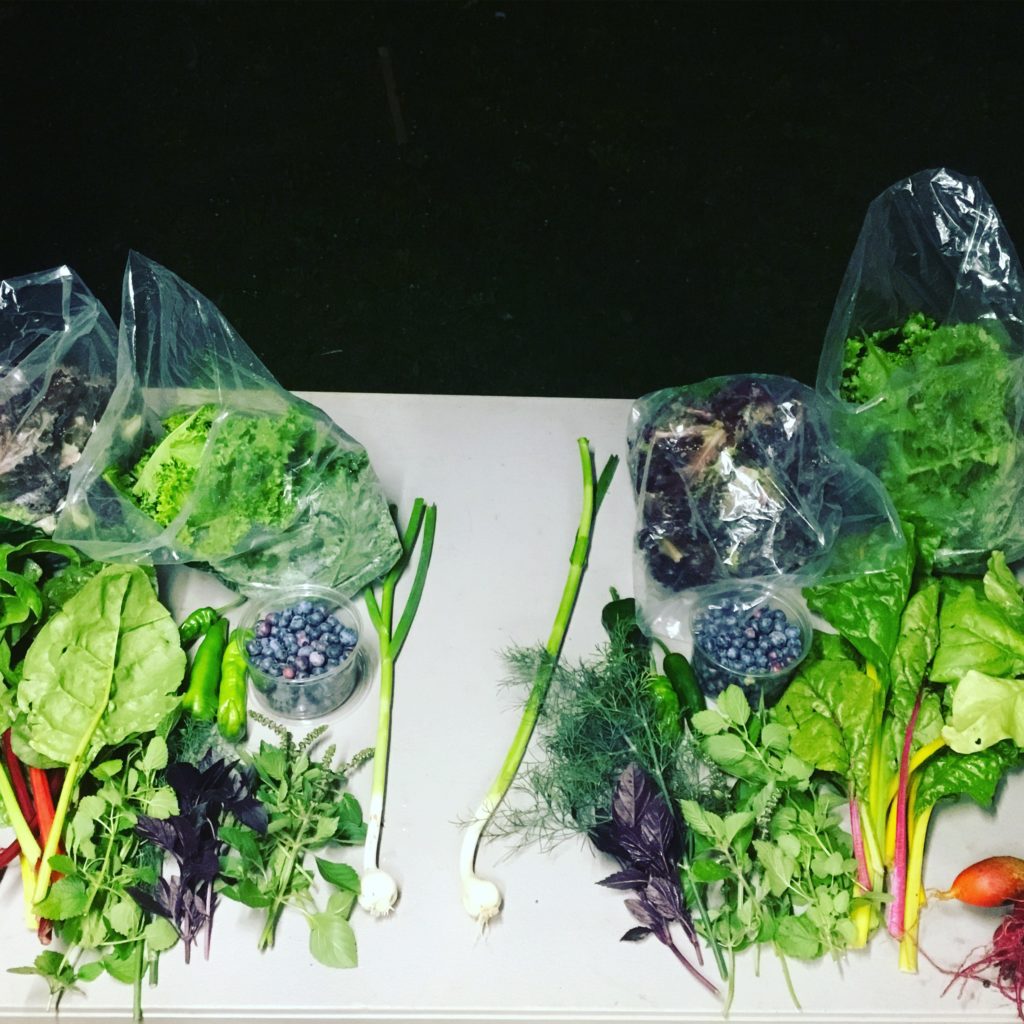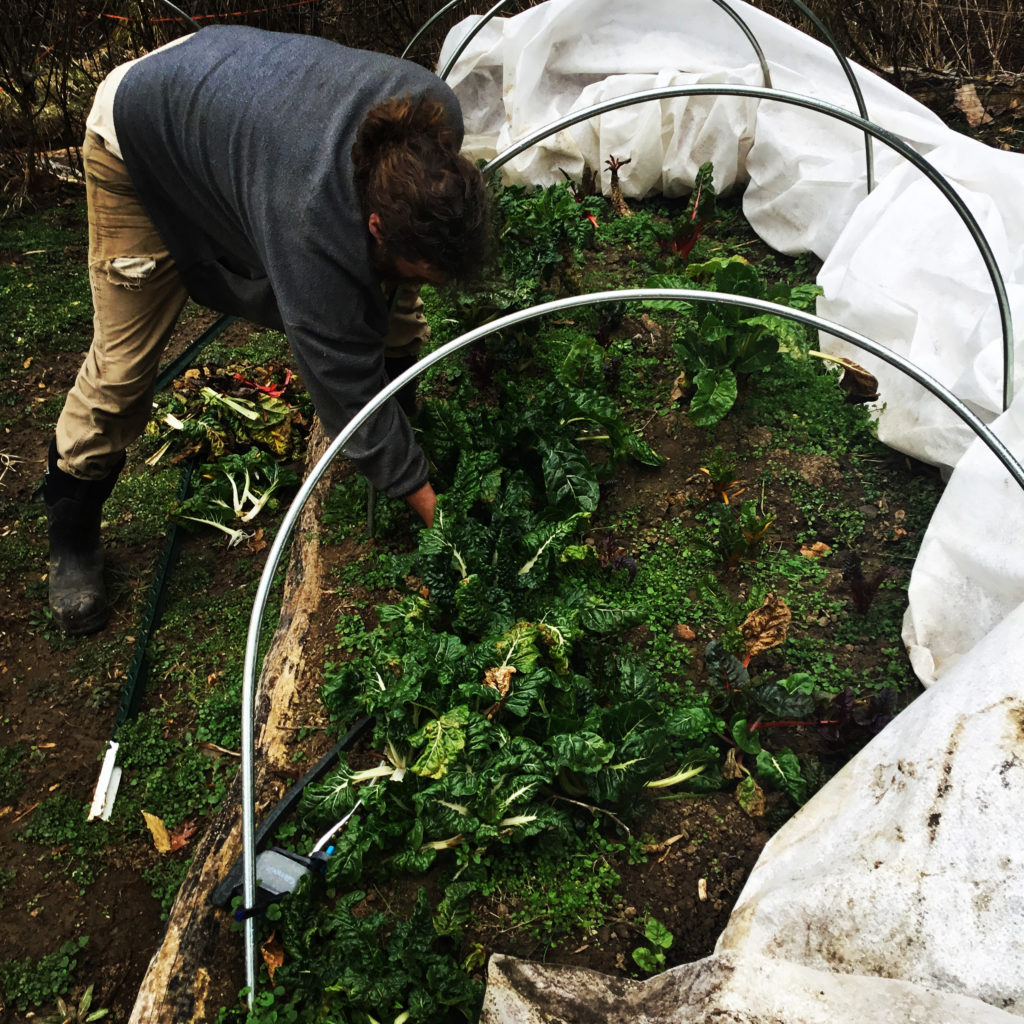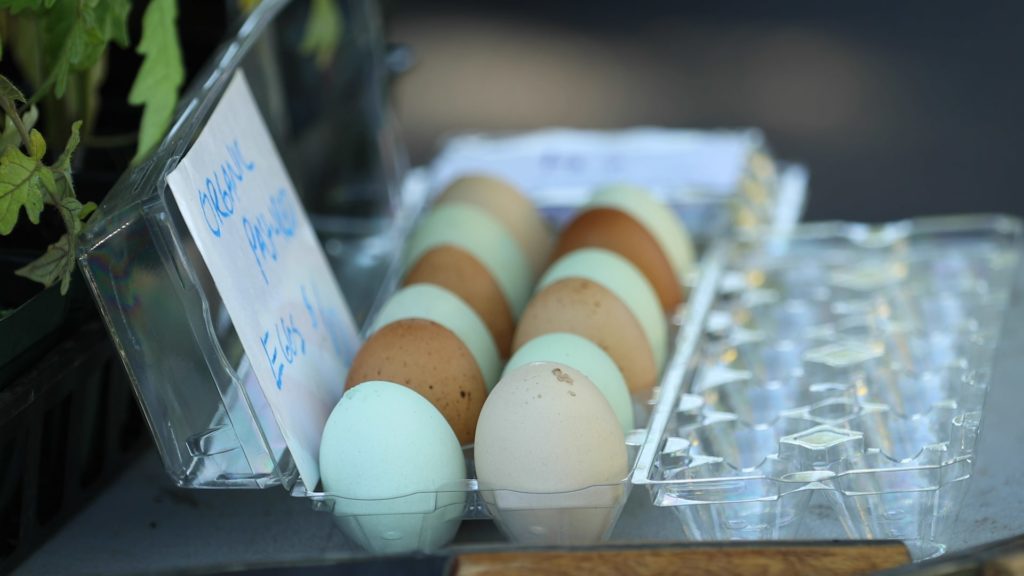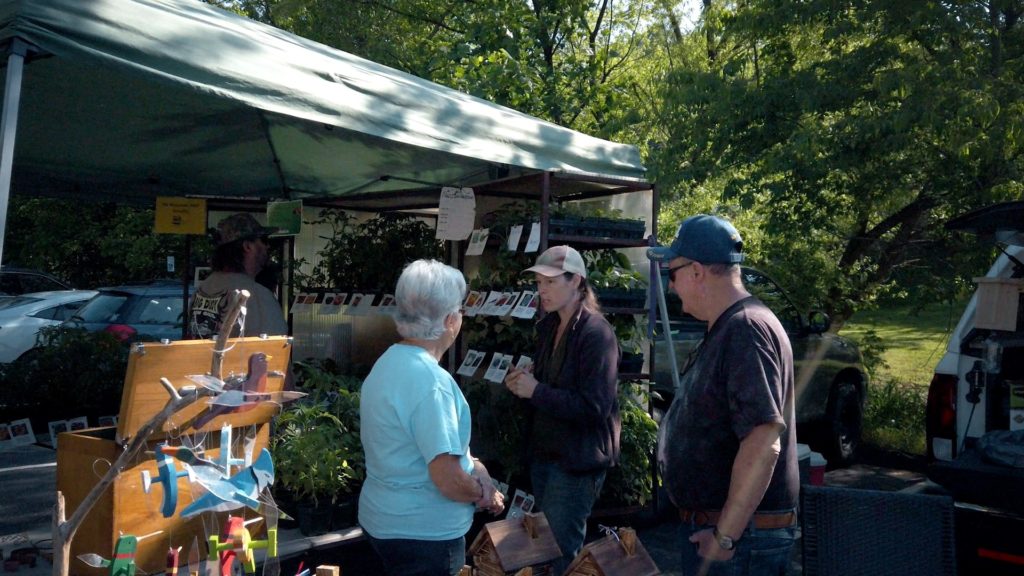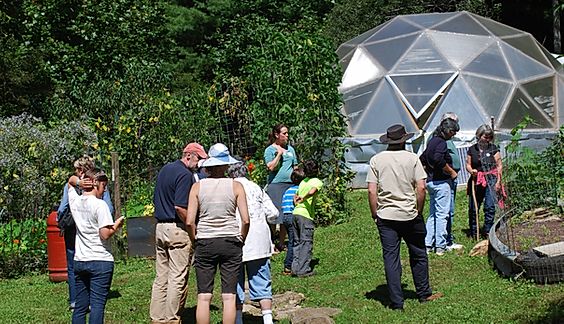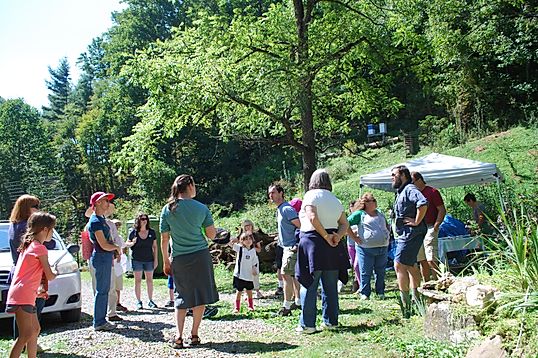Pest problems are something that plague people from city dwellers to homesteaders. How do we fix a broken system that leads to an increase in pest organisms? That is a tough question without a single answer.
We all experience problems with pests in our homes, gardens, and even wild places around our homes. Pests range from rodents and insects to invasive plants and diseases.
In order to control these organisms we must often take a step back and determine why they are there in the first place. Often their presence is due to a broken ecological system that has allowed their number to increase to a point where they are invading our spaces.
The answer to solving the problem with this pest is often reestablishing the functioning ecosystem. Working with natural controls to decrease their population and lowering the amount of damage those organisms can cause, will provide more consistent and long lasting relief from those problems.
Loss of predators can increase pest populations because they are no longer controlled. Humans tend to reduce the population of predators in their immediate environment due to their tendency to prey on our pets and livestock.
We also have a natural fear of predators, which can be rightly justified as most predators can be aggressive if threatened and could harm us if provoked. Despite this fact, most predators simply want to live their life and hunt their prey without having any interaction with humans.
If we give them appropriate space and healthy habitat, many predators can exist in quite close proximity to us without us even knowing they are there.
Restoring the predators of our pests can often be the most reliable way to get pest populations back under control.
Restoring predator populations can be as easy as creating a bit of habitat in your yard to give them shelter and safety. Restoring native plant populations and ecological components will allow natural processes to monitor populations of organisms that we see out of balance due to our activity.
We must be comfortable with these predators being in our space. This may be more difficult for some people than others. Many people don’t want garter snakes and raccoons in their yards.
We must decide what we have more of a dislike for; problematic, and possibly disease carrying pests, or their predators.
If restoring natural ecosystems is not an option we have other things we can do to help decrease pest populations responsibly. Responsibly is the main part of this task. We must make sure to control pest populations in a way that does not hurt their predators or hurt ourselves.
The most powerful thing to do is to make the space inhospitable to pests. Closing off areas that allow them to access our spaces can reduce pests getting into our homes. Keeping food in containers that cannot be accessed by pests is another important step to keep pests out.
If there is no food outside, but unlimited food in your house, a pest will literally risk its life to get that food. If there is no food inside that is available to the pest and it has natural or native food sources outside, it will not try so hard to get into your space.
This does not only apply to people food, but to pet foods. Filled and unsupervised bowls of dog and cat food are the favorite food source of pest rodents in homes and on farms. Chicken feeders that are not accessible by rodents will quickly save enough food that they pay for themselves.
Some natural deterrents can be used to keep pests away.
Planting mint around structures can discourage mice as they dislike the smell of it. Other herbs such as pennyroyal can be used to keep away insect pests as well. Traps and pheromone lures can help round up insects in the home or around the home. Garlic and hot peppers can also deter insects and small mammals from chewing on things you don’t want them to.
We dry and grind hot peppers left over after the farmers market and mix it with our chicken food to deter mice from eating it. The chickens could care less. It also keeps the dogs from eating the chicken food too.
Often easy solutions such as poisons are a temptation. However any kind of pesticide will have effects on non-target organisms, possibly humans, as a result of their toxicity.
Birds of prey are particularly susceptible to rodenticides and it is one of the most common causes of injury to these beautiful animals. Their death actually compounds your problems, removing your partner in the fight against the rodents.
Pesticides are toxic to our pets and children, both of which can easily gain access to poisons through direct ingestion of the poison or by ingesting the poisoned pest. It is not worth the risk to our families and environment to use poisons as a first response to a pest problem, they should only be a last resort solution.
Snap traps and live traps are a far better solution as they only kill the organism that they interact with.
We hope that you will take all of these ideas into consideration when thinking about how to handle the little furry critters coming into your home this fall. No one wants a mouse in their kitchen, but most people do not want a dying great horned owl or red-tailed hawk on their front porch either.
If we strive to keep systems in balance we can keep nature where we want her, and appreciate her for all of her beauty and interconnected systems that keep life in balance.
